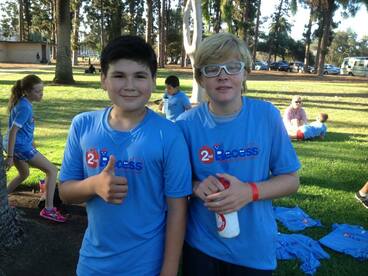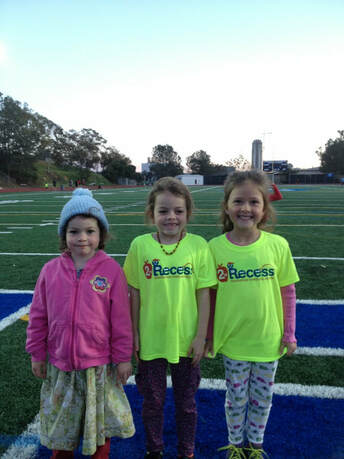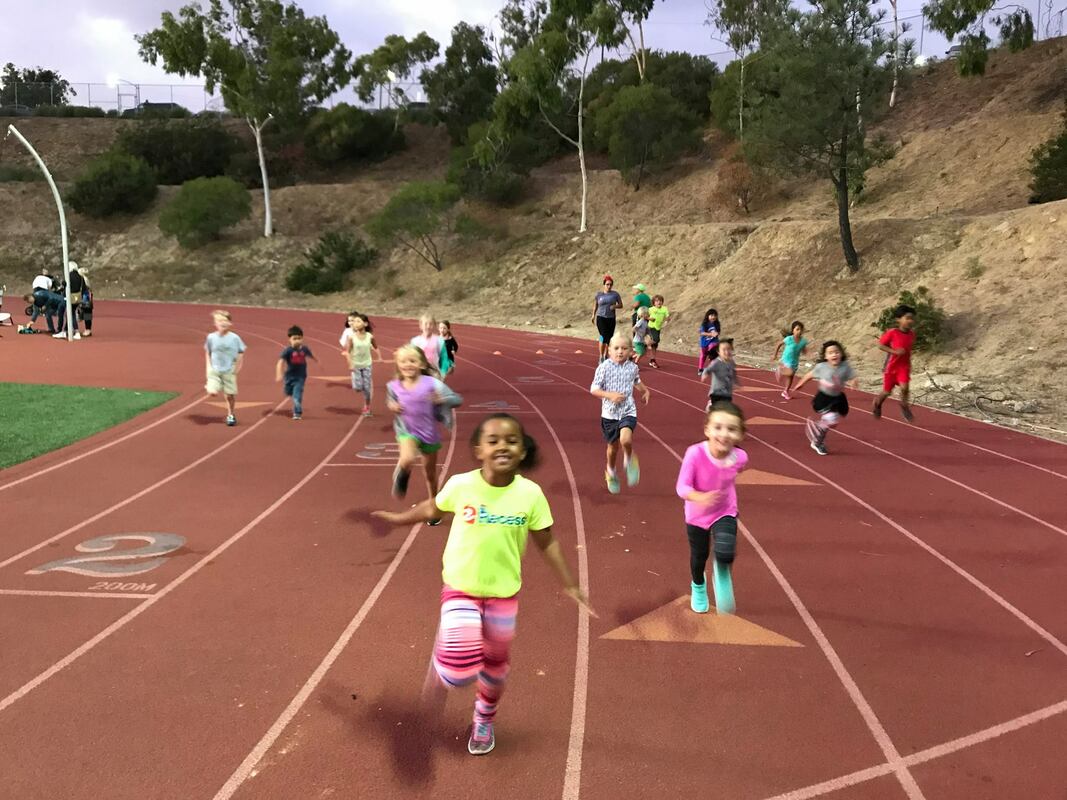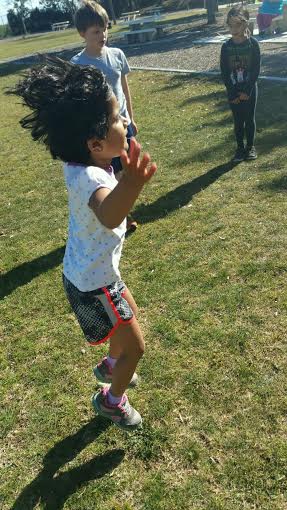|
H2OHHHHH YEAAAAAAA!
“EVERYONE TAKE A WATER BREAK!” This phrase will sound quite familiar to those involved in 2nd Recess. Many know that water is beneficial in keeping us hydrated on hot days and refreshed after long workouts, but practice is not the only time you should be taking a water break. In fact, According to the American Council of Exercise (2008) water is the most vital component of the human body. Water is a powerful tool in the journey to overall health and well-being. What can water do for me?
Additionally, water makes up over HALF of the human body – meaning it is impossible to survive for longer than a week without it (American Council of Education, 2008). So how much should I be drinking? In 2004, the Food and Nutrition Board released new recommendations for water intake, stating that women should consume 2.7 liters daily, while men should consume 3.7 liters. Athletes require even MORE to stay energized and hydrated (American Counsel of Education, 2008). It might seem like there are not enough hours in the day for this type of intake. Luckily this water intake can be consumed through both foods and liquids during the course of a day. But it does not taste like anything! There is a simply solution for those who like their water with a bit more flavor. Although there are plenty of products and powders available to flavor water, many add unnecessary sugars and/or preservatives. Try this instead: Try infusing your water with natural flavors. (Lemon/strawberry/cucumber/orange). The possibilities are endless. Not only are you adding natural flavors to your water, but you are also adding vitamins and antioxidants (BONUS!) For more about infused water (including recipes and FAQ visit http://www.infusedwaters.com/faq Now that you know the importance of water, along with ways in which you can make this more fun to drink, you can begin to “take a water break!” both on and off the track! References Fit Facts: Healthy Hydration. (2008). Retrieved February 25, 2016, from https://www.acefitness.org/fitfacts/pdfs/fitfacts/itemid_173.pdf
1 Comment
“I think I can; I Think I can” This is not just a simple mantra repeated by the beloved Thomas the Tank Engine, but a simple form of self-talk that can transforms ones mindset and has the ability to influence everyday tasks and interactions.
Through 2nd Recess, we encourage children to live daily by the “3-P’s” – Patience, Positivity, and Perseverance. Although all equally important, having a positive mindset can assist in overall well-being both on and off the track! So how can one alter their mindset to better achieve their goals? The answer is simple! As influenced by ACE fitness contributor, Allison Hagendorf there are a few simple steps on can take to use the power of a positive mind-set in order to turn goals into reality. Listed below each step is a kid friendly version:
References Hagendorf, A. (n.d.). Why a Positive Attitude is the Most Powerful Tool for Reaching your Goals. Retrieved March 25, 2016, from https://www.acefitness.org/blog/5256/why-a-positive-attitude-is-the-most-powerful-tool We are in the midst of spring with summer right around the corner!
Children are full of energy and parents are searching for ways to get their children out of the house without breaking the bank! At 2nd Recess, we inspire children and families to be out and active within their communities. Therefore, we have compiled a list of a few FUN and CHEAP things that you can do with your children to keep them happy and healthy all season long! Listed below are a few of the activities inspired by redtri.com. For an expansive list of Free and Cheap activities visit http://redtri.com/socal/free-or-cheap-things-to-do-in-san-diego/
The infamous question… Upon becoming a 2nd Recess Coach, I was thrilled to see the incorporation of cross training through activities such as “Circuits” and “Pick-Your-Poison”. However, it did not take long before questions began to arise.
“Hey Coach – Why are we doing pushups at running club?” “I do not need sit-ups to run fast!” Although these are seemingly logical questions as the children are not improving upon their strides while holding a “plank-position” it is important for every age to understand the benefits of cross-training for the improvement of their running and overall health and well-being. Before pursuing the benefits of Cross-Training it is important to understand what exactly this is: As defined by ACE (American Counsel of Exercise) – Cross Training involves an exercise regimen that utilizes several modes of training (sit-ups, push-ups, swimming) to develop additional components of fitness. Benefits include but are not limited to the following:
Resources: Matthews, J. (2009, September 2). What is cross training and why is it important? Retrieved May 5, 2016, from http://www.acefitness.org/acefit/healthy-living-article/60/36/what-is-cross-training-and-why-is-it/ Better health is as easy as 1, 2, zzzzzzzzzzzzzzzzzzzzzzz
Many adults look back at their childhood days, confused about how they could have ever fussed about laying down for a much needed night’s rest. With hectic schedules and multiple extracurricular and scholastic obligations, it is more important than ever for both parents and their children to ensure that they are receiving adequate sleep each night so that they may perform optimally mentally, emotionally, and physically. Sleep is connected directly to the hormonal response of the body. Therefore, inadequate sleep could lead to health issues and concerns such as obesity. Lack of sleep can also effect cognitive functions needed to perform adequately in school. So How Much Sleep is “Enough” Sleep? The answer is highly debated. The number of hours that each person needs in order to function optimally depends largely upon the age, gender, and activity level of the individual Therefore, instead of providing strict guidelines, I will provide some tools for getting the most out of your “good-night’s rest”
References:
|
2nd recessInformation about health, fitness, and nutrition. Archives
April 2021
Subjects
All
|






 RSS Feed
RSS Feed